Uptake of Transport Nutrients
Definition of Conduction - The transport of substances from one part of the plant to the another part is called conduction. In this process water is transported to the Green Leaves for photosynthesis, takes place and the food produced in the leaves are transported to different parts of the plant.
As we know that soil is made up of three layers among which the middle layer is subsoil and it contains the storage of groundwater which goes towards the root by the process of diffusion as there is higher concentration in the source and comparatively lower concentration towards the root.
First absorption of water by roots and minerals from the soil takes place- absorption of water by roots occur by the outermost single layer of cells called the epidermis means in which some cells of the extended in several thread like structure called root hairs and this unicellular root hairs have a plasma membrane which is semipermeable in nature. Semi permeable means they are not able to pass all the nutrients through them only some selected substances are allowed to pass through it. Tiny pores which are present all over the plasma membrane that allow water to pass through it and the movement of water from the soil into the root hairs occurs by a process for osmosis.
Definition of Osmosis - Process by which movement of water molecules from origin of their higher concentration to a region of the lower concentration across a semipermeable membrane takes place until the concentration of the solution in both sides are equal.
As unicellular cells present in the root hair cell, it has a greater concentration of salt than the surrounding soil water due to the concentration of water molecules is higher in the soil then in the root hair cells which allows water to enter the root cells through the semi permeable plasma membrane by osmosis.
Purpose of Water Absorption by the Roots - there are absorption of water in the roots by a root hair due to the difference in concentration of water molecules. The concentration of water molecules in the root hair becomes higher as compared to the adjacent cells in the root portion means the cells line towards the inner side of the epidermis and is different in concentration of water helps the water molecule to move from the root hair to the cortical cells by the process of osmosis.
This movement of water created by formation of continuous water column which is called capillary and it creates pressure in the roots. The movement of water which is created by the roots pressure is called root pressure as it is created by the root.
The main tissue that is associated with the transport of water and the minerals from the root to the leaves is called xylem. Xylem is a complex tissue as it consists of different types of cells with their different types of structure and function. Xylem is made up of three dead tissues and one living tissue. Three dead tissue of xylem are tracheid, trachea, xylem fibers and the only living tissue in xylem is xylem parenchyma. Through xylem water is being transported in the upward direction to the stem, branches and the leaves of the green plants.
Absorption of mineral salts by Root - Absorption of mineral salts by roots occurs by the process of diffusion and active transport.
Different minerals those are absorbed by the roots are source of calcium, magnesium, nitrogen as nitrate salt nitrate salt etc. This mineral salt dissolve in water to form ions which of them easily absorbed by the roots this also depends on the concentration of mineral salts in the soil.
Mechanism of Absorption by the Roots - There are two mechanisms for the absorption of mineral salts by roots they are diffusion and active transport.
Definition of Diffusion - Diffusion is a process by which the movement of molecules of liquids solids and gases from region of their higher concentration to a region of the lower concentration take place until the concentration in both regions become equal. If the concentration of mineral ions in the soil water is high due to the presence of minerals it is power cell sap. Due to the higher concentration the cell sap flow towards root hair cells and the ions will diffuse in the direction of the concentration gradient through the roots, this is a passive process. This is a passive process because there is no involvement of pump in this system and the movement of molecules takes place down the concentration gradient.
Active Transport -
Definition of Active Transport - Active transport is a mechanism by which the movement of molecules of solids and liquids from a region of the lower concentration to a region of the higher concentration takes place by utilizing energy. This is an active process because pump is involved here.
The salts of minerals such as nitrogen Phosphorus and potassium are absorbed by the roots as ions and their salt. Then removed from a region of the lower concentration in the soil to origin of their higher concentration inside the root by utilizing energy where ATP ase enzyme is required to break the ATP and liberate the energy. Here the energy which is required for this process that plant obtained by the root cells through the respiration process where breakdown of glucose takes place and Liberation of energy is occurred.
Transport of Water and Minerals -
Roots absorb water and Minerals from the soil which required to be transported to different parts of the plant for preparation of food in leaves of plants and also need to be transported the food two different parts for the nutrition.
Thus the conduction process in green plants can be done by two types of vascular tissues. One is xylem for transport of water and minerals and the other is phloem for transport of manufactured for different parts.
Transpirational pull is the condition where, a continuous formation of capillary water molecules due to the root pressure happen.
From Uptake of Transport Nutrients to HOME PAGE
Recent Articles
-
What Is Plasma? | Blood Plasma | Proteins | Nutrients | Cholesterol
Nov 07, 25 10:29 AM
Blood is a mobile fluid which is a connective tissue and is derived from the mesoderm like cell any other connective tissue. Colour of blood is reddish and that flows inside the blood vessels by means… -
Disorders of Respiratory System | Tuberculosis | Pleurisy | Emphysema
Oct 28, 25 11:39 PM
Tuberculosis is very common disease and is caused by a type of bacteria called Mycobacterium tuberculosis. This disease causes different trouble in the respiration and infection of several parts of th… -
Regulation of Respiration | Respiratory Centres | Inspiratory Area |
Oct 14, 25 12:13 AM
Respiratory Centre is the area that controls the rate of respiration and it is observed to be located in medulla oblongata and pons. Respiratory Centre has the following will dispersed components like… -
Explain Transport of Gases | External Respiration | Tissue Respiration
Oct 09, 25 11:35 PM
In humans gaseous exchange is completed in the following ways the steps are - External Respiration or Breathing - Breathing in false taking in of Oxygen and giving out of carbon dioxide in the body. M… -
Kind and Number of Teeth | Location of Teeth in Mouth | Care of Teeth
Sep 11, 25 12:52 AM
Kind and Number of Teeth
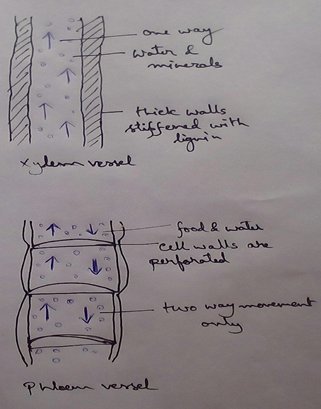
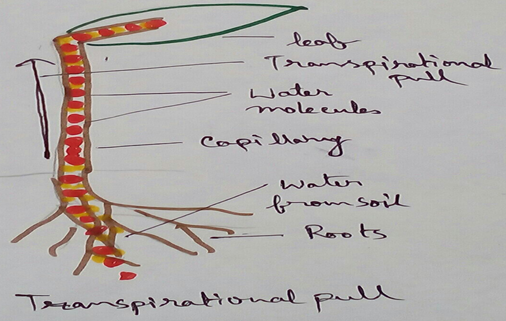
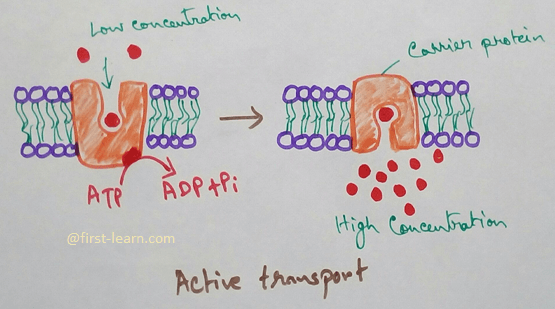
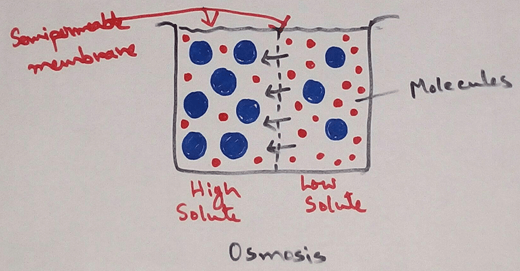
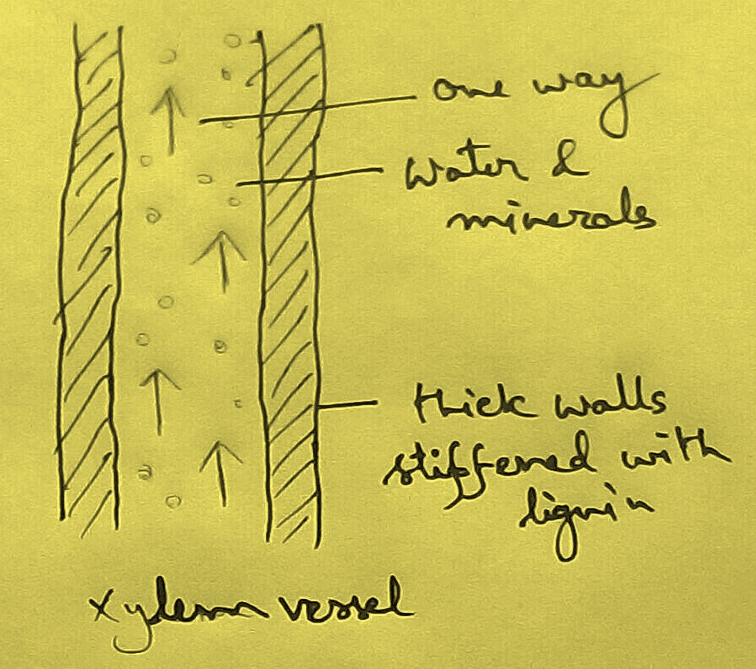
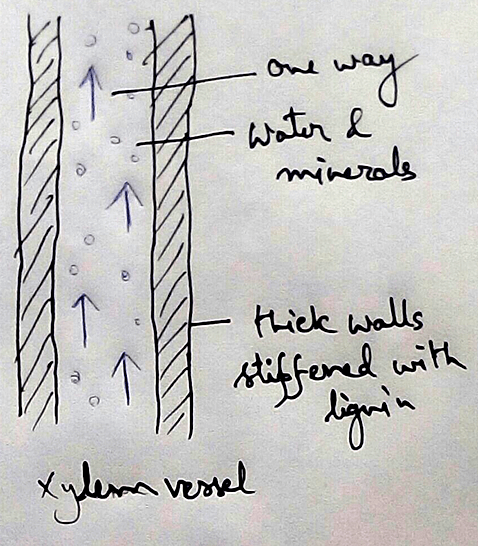
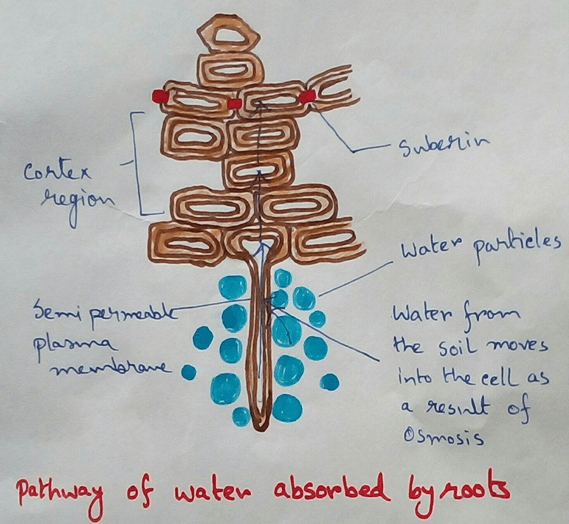

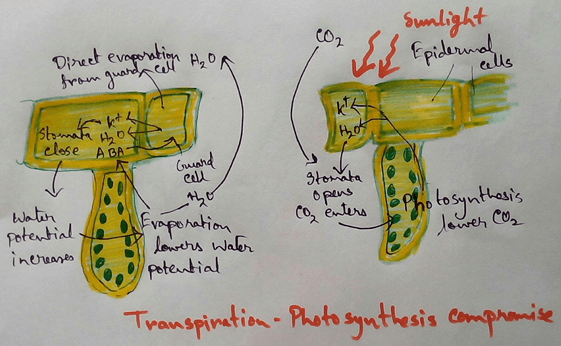

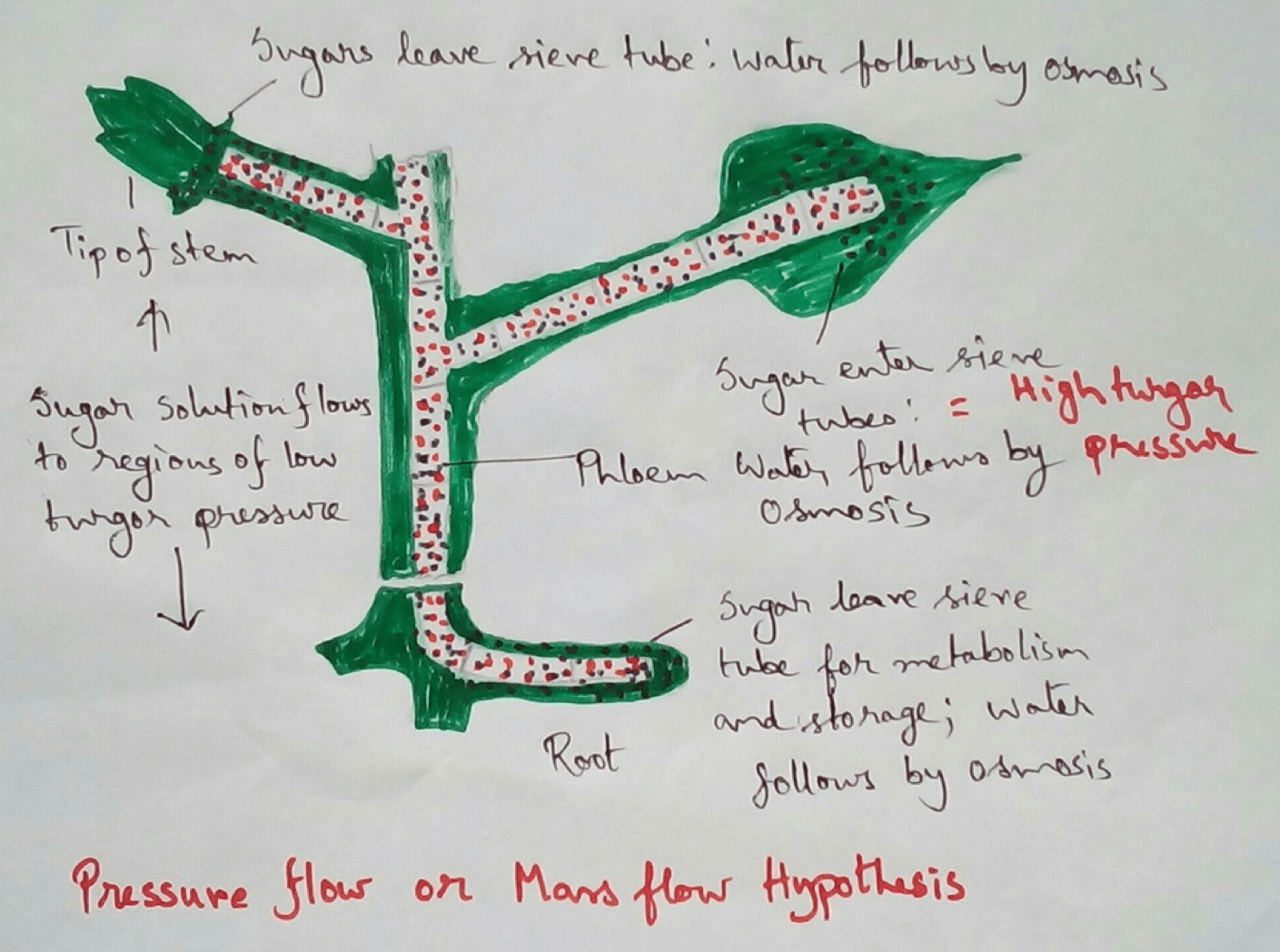






New! Comments
Have your say about what you just read! Leave me a comment in the box below.